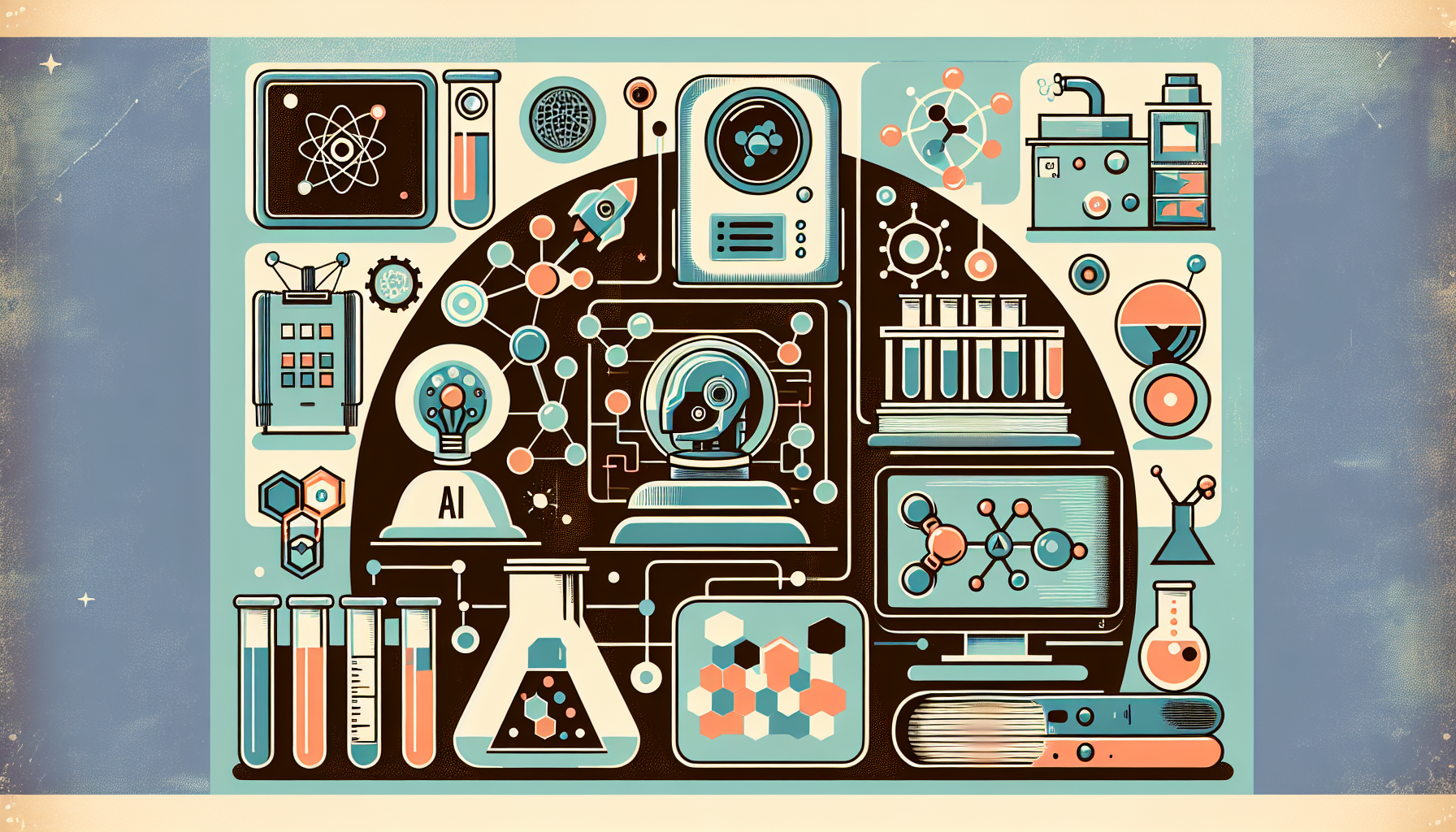Artificial intelligence is opening new doors in chemical analysis, bringing accuracy and speed to a field that once demanded specialized skills and tools. Its arrival marks a turning point, offering opportunities that could benefit everyone—from scientists exploring outer space to people seeking answers at home.
Transforming Chemical Analysis with AI and Robotics
In the past, understanding the substances that make up a sample required careful hands and a trained eye. Today, breakthroughs at places like Florida State University show us a future where machines learn to recognize chemicals just by looking at pictures. This is made possible by machine learning—a form of AI that finds patterns within large sets of information.
The Technology Behind the Change
At the heart of this revolution are two key developments:
- Robotic Drop Imager (RODI): This robot can prepare thousands of tiny samples every single day, saving huge amounts of time and avoiding human error. The system creates detailed images of each sample, building a library that now includes over 23,000 pictures, a record-breaking resource for chemists.
- Smart Algorithms: These AI programs learn to recognize specific stains, colors, and shapes in the sample images. Once trained on the library, the AI can quickly and accurately determine what chemicals are present in a new, unknown sample—just from its photo.
For generations, such analysis took skilled experts hours or even days. Now, machines can do it in moments. The process is not only efficient, but also more reliable, because computers never get tired or make mistakes from fatigue.
Real-World Applications
The range of possibilities for this technology reaches far beyond the laboratory.
- Space Exploration: When astronauts take samples on planets or asteroids, they need answers fast. AI-driven analysis works efficiently, even when resources are limited, helping guide crucial decisions out in space.
- Law Enforcement: Crime scene investigators can use portable AI tools to quickly test mysterious powders or liquids, gaining valuable leads without waiting days for lab results.
- Home Testing: From checking water quality to monitoring food safety, AI-powered devices could one day let people test substances at home—making safety checks quick and easy.
AI’s impact reaches even further. In medicine, it helps design new drugs and analyze blood samples with greater accuracy. In the field of spectroscopy, where scientists study how chemicals absorb light, AI helps sort through complex data, revealing what traditional methods might miss.
The Road Ahead
The growing partnership between AI, robotics, and chemistry is not only advancing science—it is also lifting barriers once thought insurmountable. By turning pictures into answers, these new tools are democratizing chemical analysis. Access to accurate, fast chemical testing may soon become commonplace, extending its benefits to homes, classrooms, and remote research stations around the world.
As this technology matures, the possibilities are vast. We may be witnessing the beginning of a new era—one where the search for answers is within reach for all. The reverence for the natural world remains; now, aided by AI, humanity stands better equipped to understand it.

Leave a Reply